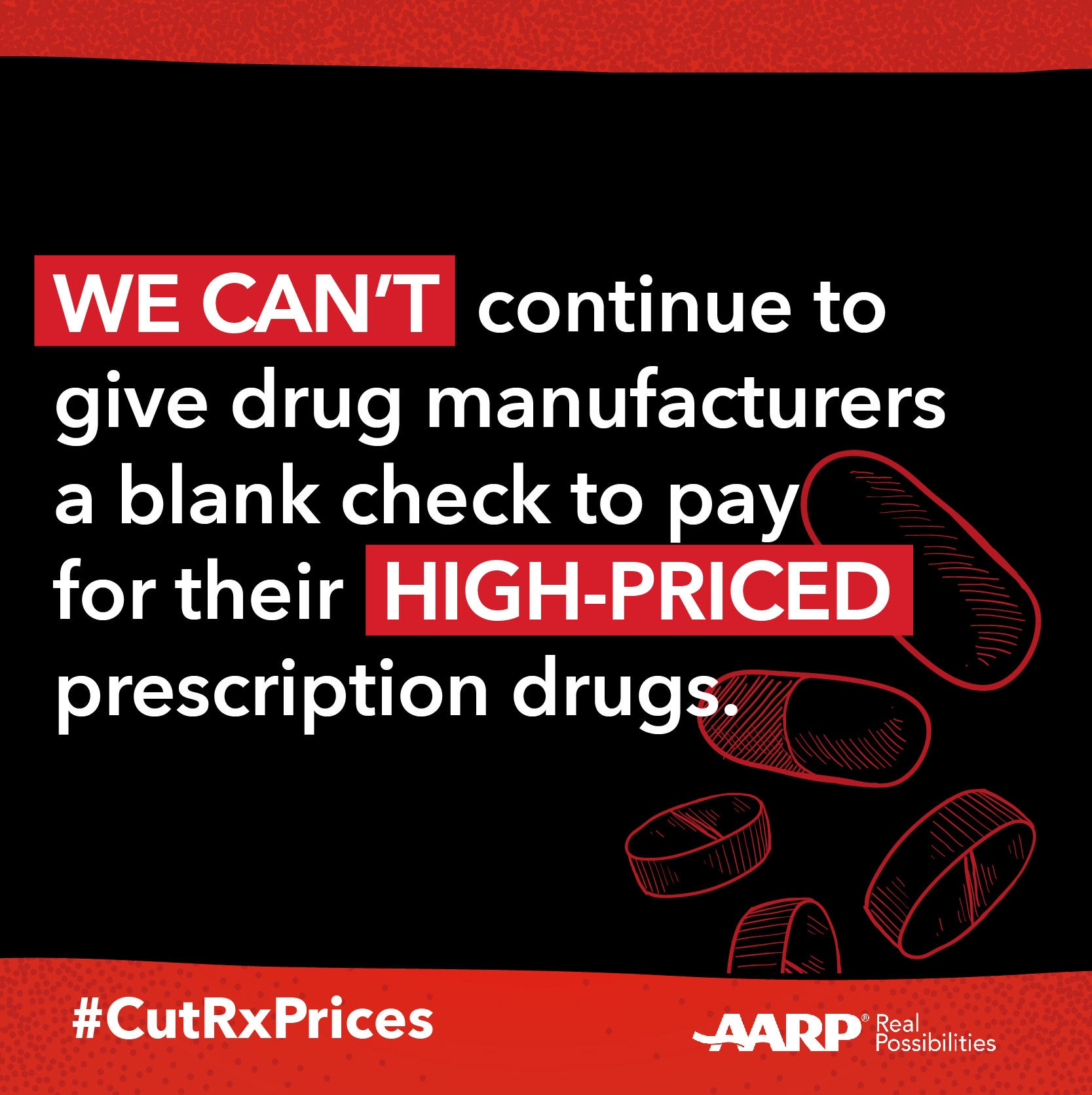AARP Hearing Center

AARP is supporting a bill in the Nebraska Legislature to shine light on the cost of manufacturing prescription drugs.
LB567, the Prescription Drug Cost Transparency Act introduced by Sen. Adam Morfeld, requires drug companies to notify insurance companies, health providers and others at least 60 days in advance when the wholesale cost of a drug is scheduled to increase more than 16 percent.
Bob Lassen, a retired pharmacist and AARP Nebraska volunteer, told the Health and Human Services Committee at the Feb. 13 hearing that AARP supports increased transparency for prescription drug pricing, particularly when drug manufacturers benefit from taxpayer-funded research. AARP is fighting to ensure that Americans age 50 and over have affordable access to the drugs they need to stay healthy.
“Prescription drug prices in the U.S. are among the highest in the world and top the list of concerns people have about their health care,” he said. “As prices continue to soar, more and more families struggle to pay for the medicines they need every day. Many people are having to choose between medications and other needs like food, housing and utilities.”
According to the August 2018 AARP Bulletin, the average cost for a year’s supply of medication for someone with a chronic illness has more than tripled since 2006 to over $13,000. That’s about four-fifths of the average Social Security retirement benefit or almost half the median income of people on Medicare.
“These cost increases hit older Americans especially hard. Skyrocketing drug prices are pushing lifesaving medicines out of reach for many who need them, including people suffering with cancer, asthma and diabetes,” Lassen said.
AARP provided the committee with examples of excessive drug costs:
- The cost of Bavencio, a new cancer drug approved in March 2017, is about $156,000 a year per patient.
- A new muscular dystrophy drug came on the market late in 2016 for a price of $300,000 annually.
- In 2016, the FDA approved Tecentriq, a new bladder cancer treatment that costs $12,500 a month, or $150,000 a year.
- Even older drugs that have been on the market for a long time are not immune:
- The cost of insulin tripled between 2002 and 2013, despite no changes in the formulation or manufacturing process.
- The four-decade-old EpiPen, a lifesaving allergy medication, has seen a price hike of 500 percent since 2007. Public outrage over its price tag ($609 for a package of two injectors) helped to speed up the arrival of lower-cost generic variations to the market.
Lassen urged the committee to advance LB567 to the full Legislature for debate as part of efforts to hold drug manufacturers accountable for their pricing decisions and address concerns about rising costs.
“Keep in mind that the costs of prescription drugs are increasing but incomes are not. People are going without their medications or cutting back on taking them as prescribed as a result of the cost. It doesn’t matter if someone has insurance or not; costs are going up either way. No one should be forced to jeopardize their health because they can’t afford the proper medicine,” he said.































































